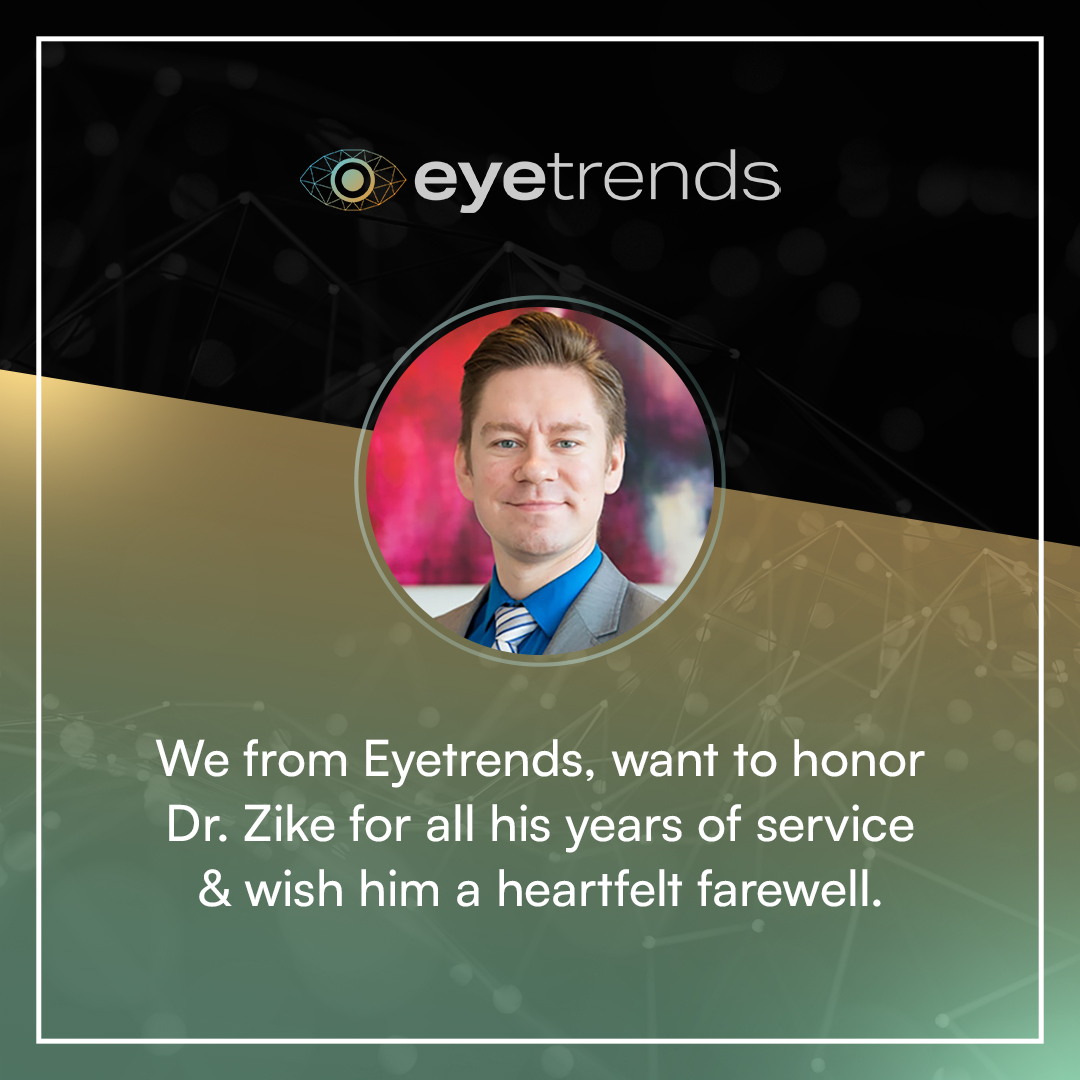Myopia, which is the scientific term for nearsightedness, is becoming an ever-increasing issue primarily affecting those in developed countries. In the United State, the current prevalence of myopia is approximately 42% and is predicted to reach almost 70% by 2050, meaning that 2 out of every 3 kids will develop myopia and need glasses.
However, what most people fail to realize is that myopia is a risk factor for further eye disease and complications such as cataracts, glaucoma, macular degeneration, and retinal detachment. This is especially true for those who have higher levels of myopia starting at -5.00D and beyond. While we are not exactly sure of all the causes of myopia, the most relevant factors are family history, excessive near work, and lack of outdoor activities/exposure to natural light. Each of these factors increases the chance that a child will develop myopia. Unfortunately, once a child is diagnosed with myopia it will ultimately progress and get worse until they reach full eye maturity, which is somewhere in their mid-20s.
Fortunately, there are ways to slow down the progression of myopia once it is accurately identified to ensure that kids do not reach dangerous levels of myopia that could affect their long-term visual health as well as the quality of life.
One of the most popular ways to institute myopia control is orthokeratology. This term refers to wearing specialized hard contact during sleep that molds the front of the eye into a shape that will not only correct for the current nearsightedness but will also help control it from progressing. This process is much like wearing a retainer for the eye only while sleeping, and during waking hours the child will not have to wear anything to maintain clear vision! Orthokeratology is completely reversible and has minimal health risks to the eye. One major benefit is that myopia is kept at a manageable level so there is the fewer quality of life issues due to nearsightedness when the child reaches adulthood. It also leaves them in range for future refractive surgeries such as LASIK. Another great benefit for people who are active in sports (especially water sports) and other hobbies wear glasses/contact lens wear is not ideal is that after sleeping in ortho-K lenses there is no need to wear correction during the day.
Dr. Zike is a proud member of the American Academy of Orthokeratology & Myopia Control and offers orthokeratology services as a means of not only correcting vision but also slowing down the progression of myopia.








